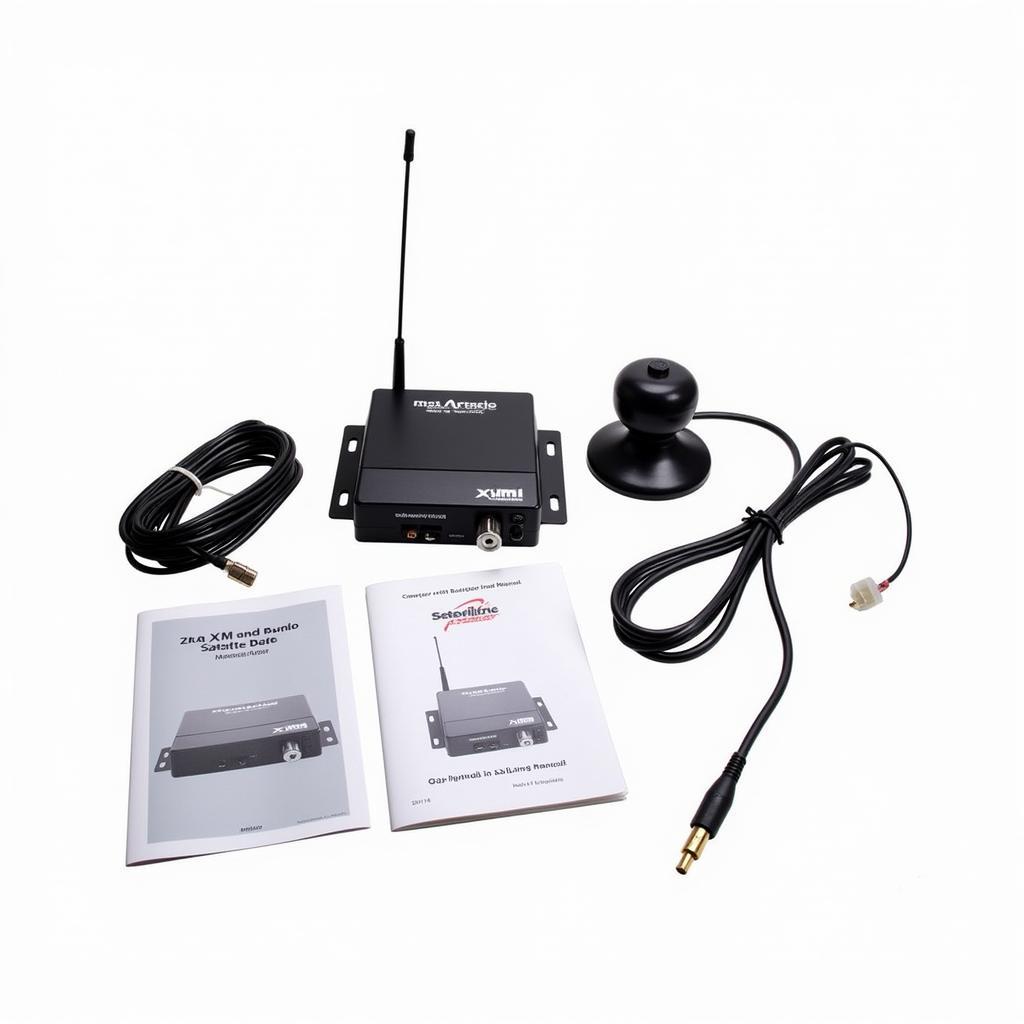AdBlue is a crucial part of modern diesel engines, helping to reduce harmful emissions. When AdBlue levels are low, a warning light will appear on your dashboard, indicating that it’s time to refill. However, sometimes even after adding AdBlue, the warning light might not reset. This can be frustrating and may even prevent your vehicle from starting.
In this article, we’ll dive into the reasons why AdBlue might not reset after refilling and explore different ways to solve this common problem. We’ll also address some frequently asked questions and provide expert insights to help you understand this critical aspect of diesel vehicle maintenance.
Why is my AdBlue light not resetting?
There are several reasons why your AdBlue warning light might not reset after adding fluid:
1. Incorrect AdBlue Level: While this might seem obvious, it’s important to ensure that you’ve added enough AdBlue to reach the required level. If you’ve only added a small amount, the sensor might not register the change, and the warning light will remain on.
2. Sensor Malfunction: The AdBlue sensor plays a crucial role in measuring fluid levels and sending data to the engine control unit (ECU). A faulty sensor could be misreporting the AdBlue levels, leading to the warning light remaining on even after refilling.
3. ECU Error: Sometimes, the engine control unit (ECU) might receive an incorrect signal from the sensor, resulting in an error message. This error message can be triggered by a variety of factors, including a faulty sensor, wiring issues, or even software glitches.
4. AdBlue System Issues: In some cases, the issue might be with the AdBlue system itself. This could include problems with the injector, pump, or even the dosing unit. These components are responsible for delivering AdBlue to the exhaust system, and a malfunction in any of them can lead to the warning light staying on.
5. Software Glitch: Occasionally, a software glitch in the ECU can cause the AdBlue warning light to remain on even after refilling. This is relatively rare but can occur in certain vehicles.
How to Fix AdBlue Not Resetting:
Now that you understand the potential reasons for AdBlue not resetting, let’s explore some ways to solve the problem:
1. Verify AdBlue Level: Start by checking the AdBlue level in your vehicle’s tank. Make sure you’ve added enough fluid to reach the minimum level required by your car’s specifications. You might need to add more AdBlue if the warning light is still on.
2. Reset AdBlue Warning Light: Many vehicles allow you to reset the AdBlue warning light manually. This can be done using a combination of buttons on the dashboard or through the vehicle’s infotainment system. Refer to your car’s owner’s manual for specific instructions on how to reset the AdBlue warning light.
3. Diagnose AdBlue System: If resetting the warning light doesn’t work, you’ll need to diagnose the AdBlue system for potential problems. This can be done using a diagnostic scan tool that can read fault codes stored in the ECU.
4. Replace AdBlue Sensor: A faulty AdBlue sensor can trigger the warning light to remain on even after refilling. Replace the sensor with a new one, and then clear the fault codes to see if the warning light resets.
5. Repair AdBlue System: If the problem lies within the AdBlue system, you’ll need to repair or replace the faulty component. This could include the AdBlue injector, pump, or dosing unit.
6. Software Update: In some cases, a software update for the ECU can fix AdBlue-related issues. Consult your vehicle’s manufacturer or a trusted mechanic to check for available updates.
Expert Insights:
“Many times, the AdBlue warning light not resetting is a simple fix, such as adding more AdBlue or resetting the light manually,” says John Smith, a certified automotive technician with over 15 years of experience. “However, if the issue persists, it’s best to have the AdBlue system diagnosed by a qualified mechanic to prevent further complications.”
“Remember, AdBlue is crucial for reducing emissions and maintaining your vehicle’s performance,” adds Mary Jones, an experienced automotive engineer. “Don’t ignore the warning light, and address the issue promptly to ensure safe and efficient driving.”
FAQ:
Q: Can I reset the AdBlue warning light myself?
A: Yes, many vehicles allow you to reset the AdBlue warning light manually using a combination of buttons on the dashboard or through the infotainment system. Refer to your car’s owner’s manual for specific instructions.
Q: What happens if I don’t reset the AdBlue warning light?
A: If the AdBlue warning light remains on, your vehicle may enter a reduced power mode or even refuse to start. This is a safety measure to prevent further damage to the engine.
Q: How often should I refill my AdBlue tank?
A: The frequency of AdBlue refills depends on your driving habits and the size of your tank. Consult your car’s owner’s manual for specific recommendations.
Q: What happens if I run out of AdBlue?
A: Running out of AdBlue will trigger a warning light and potentially put your vehicle into reduced power mode. In some cases, your vehicle may refuse to start altogether.
Q: Is it safe to use aftermarket AdBlue?
A: It’s generally recommended to use only genuine AdBlue approved by your vehicle manufacturer. Using non-genuine AdBlue can potentially damage your engine or AdBlue system.
Conclusion:
While an AdBlue warning light not resetting can be frustrating, understanding the potential causes and troubleshooting steps can help you address the problem efficiently. Remember to always consult your car’s owner’s manual for specific instructions and seek professional help when needed. By keeping your AdBlue system healthy, you can ensure safe, efficient, and environmentally friendly driving.


